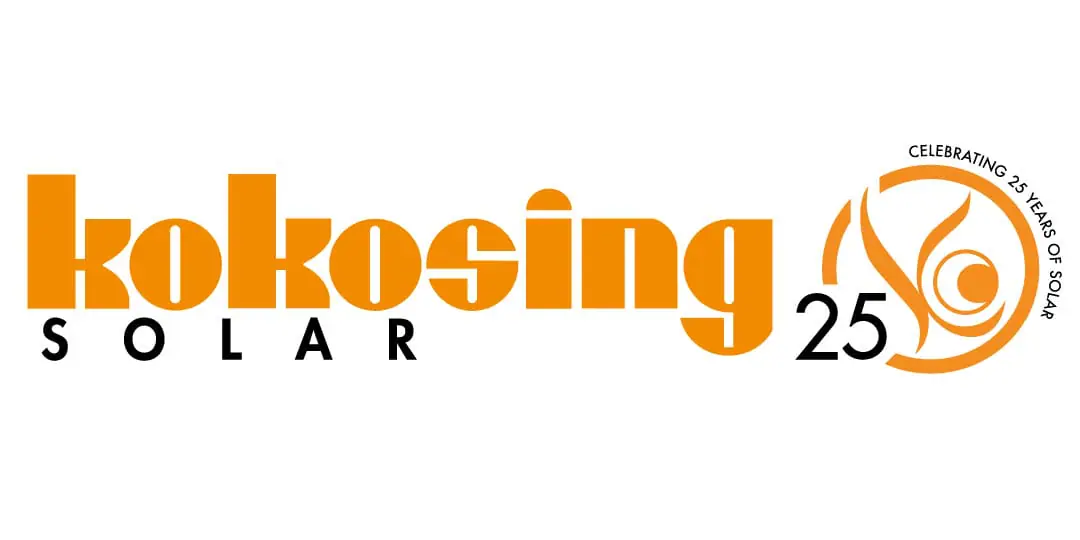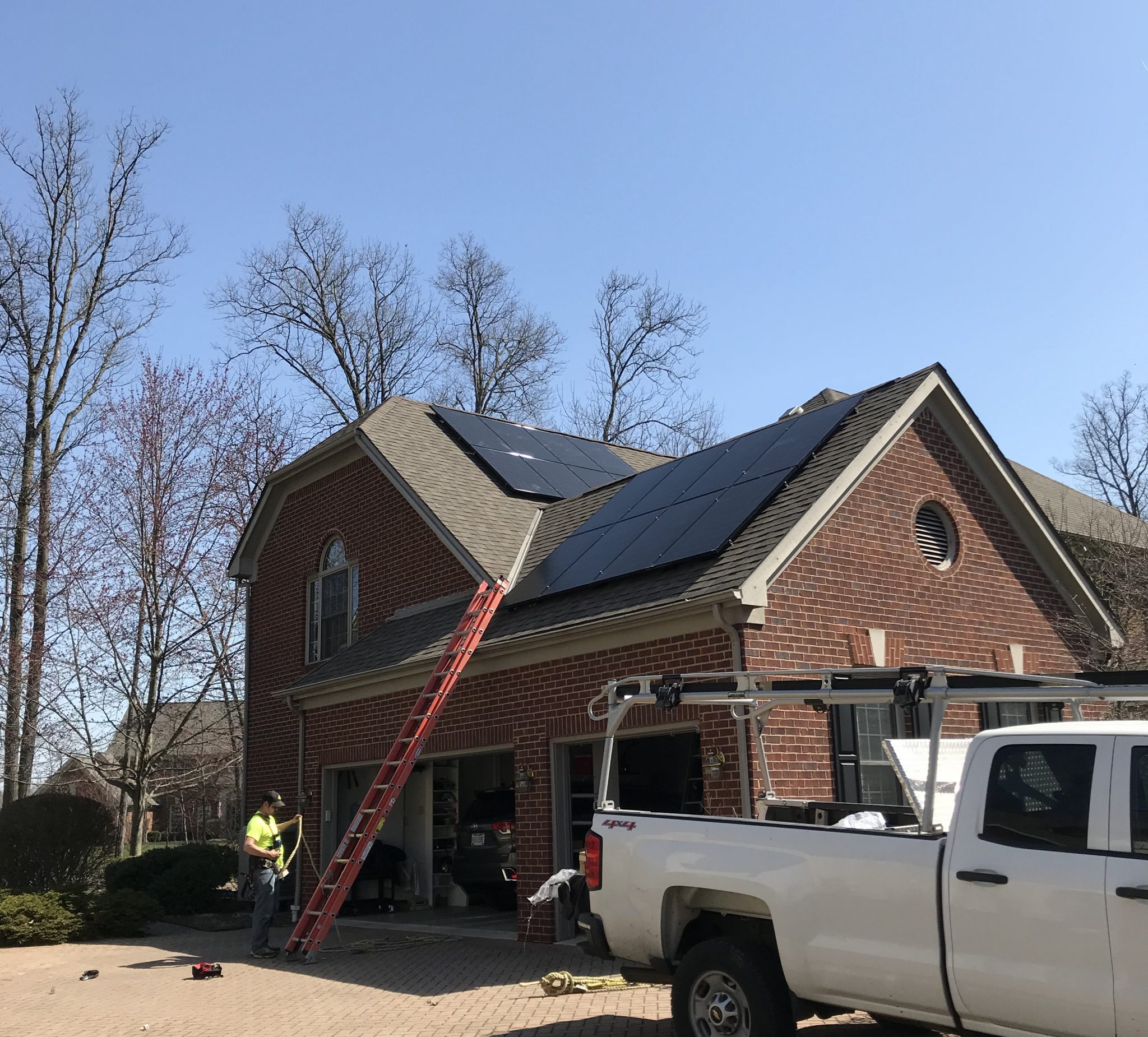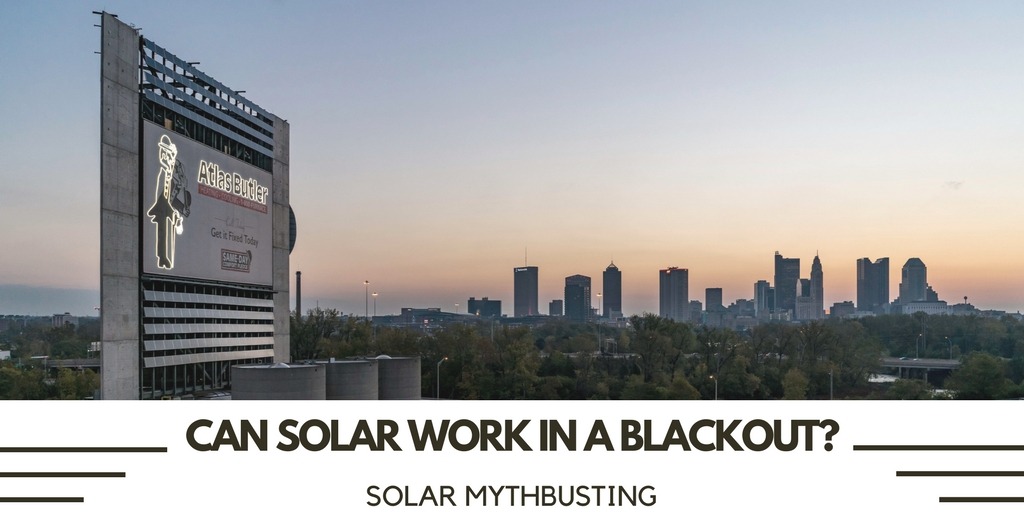All Santa & Mrs. Clause wanted for Christmas this year was to GO SOLAR. This holiday season Mr. & Mrs. Claus installed a 27.6 kW solar array at their personal home on the North Pole. They paired their solar purchase with the addition of four Tesla Powerwall’s to keep the Christmas lights lit and hot cocoa steaming hot when Northern Lights flash. These electric outbursts of solar particles often are the cause of grid failure at the North Pole.
Why Did Santa Go Solar?
This year Santa wanted to give a gift that could heal the world. And like a true Christmas Miracle, Ol’ Saint Nicholas discovered the wonders of Solar. He believed if he did his part in accelerating the shift to clean energy with a home Solar Installation, he really COULD begin to heal the world.
Like many folks, Kris Kringle has switched out all his holiday lights for LED’s. He knows that running lights year-round is an added household expense. “I’m not the Financial Manager at home,” Santa says with a Ho Ho Ho, “That’s my wife, Mrs. Claus.”
After undergoing a huge expansion of his personal holiday light display five years ago, which included the addition of an eleven story fully lit Christmas Tree, the electricity bills began climbing. Mrs. Claus says: “I’ve been making a list of electric expenses and checking it twice. It was time that we started looking for an alternative to the way we’ve been doing things for the past hundred or so years. Of course, I will never get in the way of adding lights, candy cane machines, and additional tools in Santa’s home office. But when I saw the electricity rates begin to climb, I told Santa that we may need to look for alternatives.”
For Santa, his motivations for going solar were primarily environmental.
In the spirit of Christmas, Santa says that he’s most excited to comply with the Paris Climate Agreement. Santa recognizes his visibility and, as a public figure, is determined to comply with guidelines surrounding the reduction of greenhouse gas emissions and the advancement of sustainable energy.
“I used to abide by the old adage: “Naughty kids get coal, Nice kids get solar panels!” but over the years, I’ve come to realize the bigger picture – all kids get Solar Panels.
“This year we’re experiencing some changes. We are having to walk further and further to find a decent ice-skating rink. It is harder and harder to recruit reindeer to fly the sleigh. And on the big night when Santa Clause comes to town, in some places of the world the air quality is so poor Rudolph’s nose can’t shine so bright.”
It is important to start sending the message now to kids, Naughty or Nice – they’re going to need to be a part of the solution!
Solar Incentives
When asked about incentives, Santa said that the United States tax credits did not apply in the North Pole. But he is glad that the US Federal Tax Credit for solar will be available until the end of 2021. Speaking from experience Santa says: “Even without incentives, it is still worth going solar!”
The Solar Installation…
Santa can recognize a specialty when he sees one. The solar installers weren’t the first humans to visit Santa and the elves over the years, but they have been some of the few.
He said he thought about asking the elves to design, permit & install the system, but between their lack of expertise in anything outside of small toy electronics and the backlog of holiday toy-making – it was worth inviting humans up to the north pole to install the solar energy system professionally.
Santa chose REC solar panels for their high-efficiency, durability and 25-year product warranty. He was also quite pleased with the black-on-black design, which he knows his out-of-town guests will find quite attractive.
Always looking to the future…
“We’re excited to have an electric powered sleigh of the fleet this year. And to be delivering solar panels to homes across the world. It’s an honor to do my part in creating a brighter future.”
“And don’t think that up on the rooftop I don’t notice who is else is doing their part, Santa is always watching!” he said with a wink.





